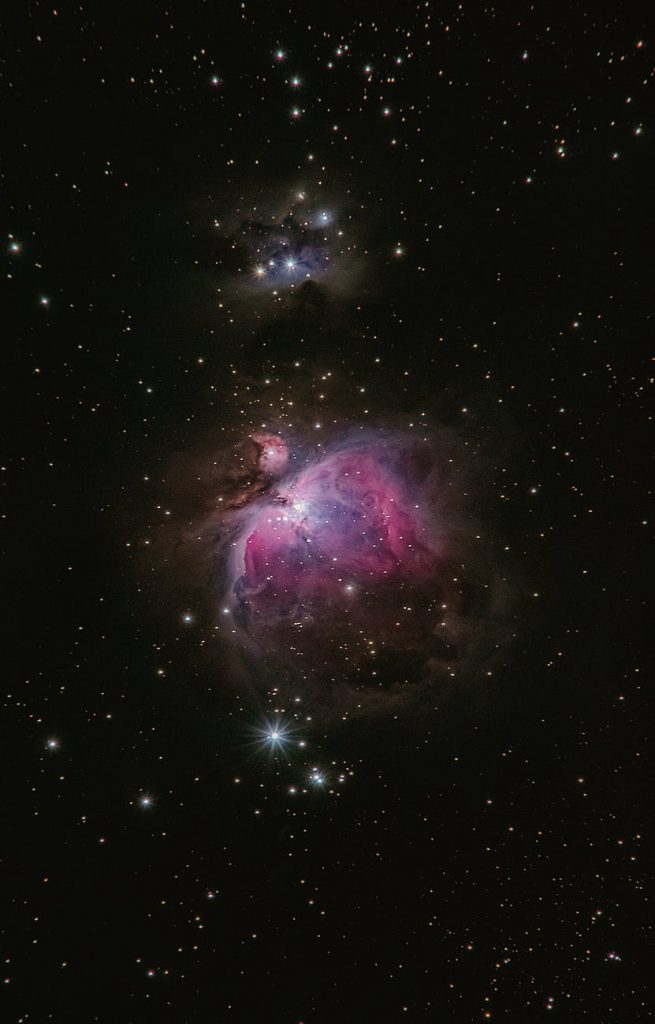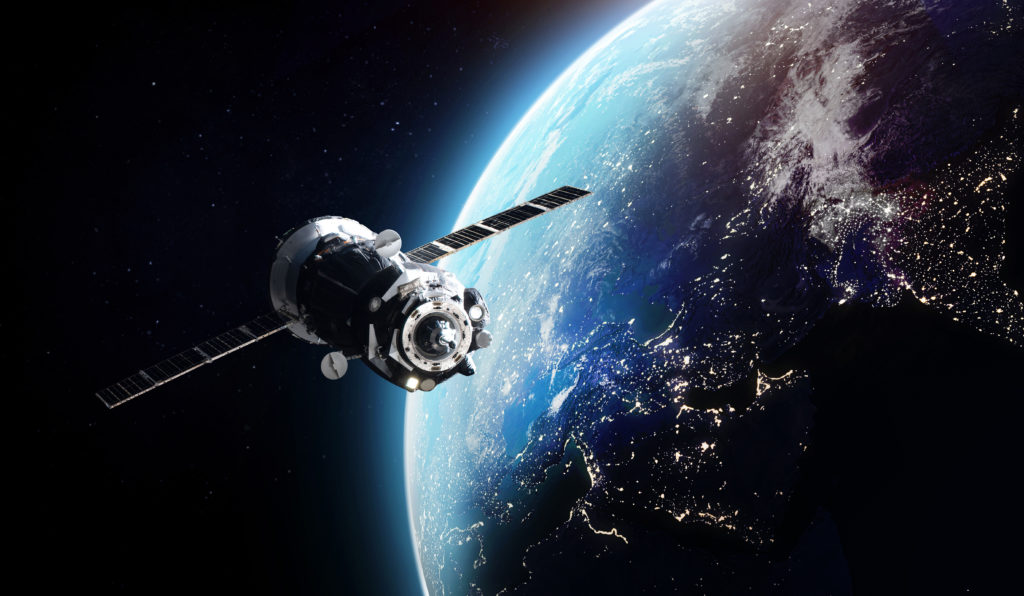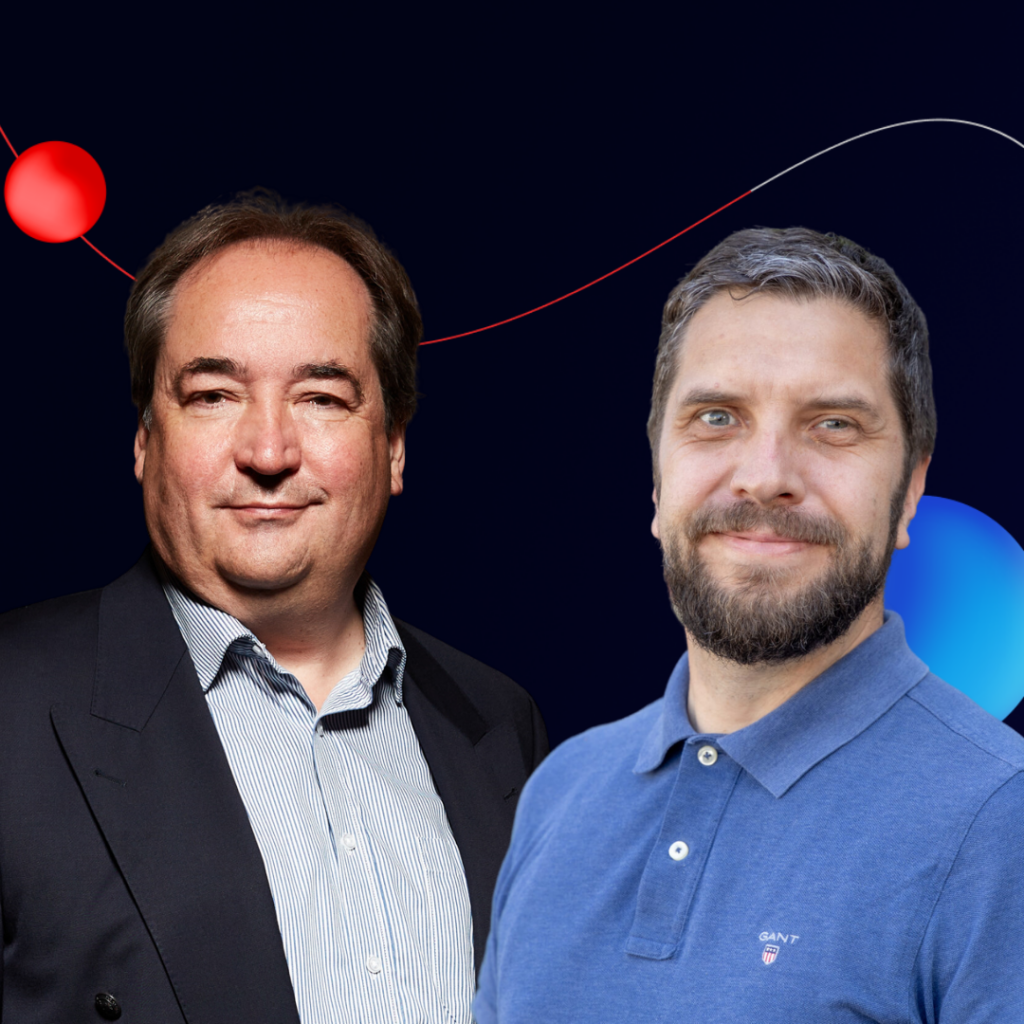SciLux podcast – Dr Carol Martinez & Prof. Miguel Olivares-Mendez, on Space Robotics
30 January 2024

Space Robotics
Over the last three decades, Luxembourg has cultivated a vibrant space ecosystem, providing a conducive environment for start-ups, companies, and the research sector to thrive. Explore the groundbreaking work of Carol Martinez and Miguel Olivares-Mendez, both renowned experts in space robotics, as they passionately push the boundaries of this dynamic field.
For the 8th episode of season 4, SciLux welcomes two guests from the Space Robotics Research Group (SpaceR) at the Interdisciplinary Centre for Security and Trust (SnT) of the University of Luxembourg: Dr Carol Martinez, Mechatronics Engineer, and Prof. Miguel Olivares-Mendez, who heads the SpaceR group. Prof. Olivares-Mendez is also the program director of the Interdisciplinary Master in Space Technologies and Business and in charge of two of the most important space-related infrastructures in Luxembourg: the LunaLab and the Zero-Gravity Lab.
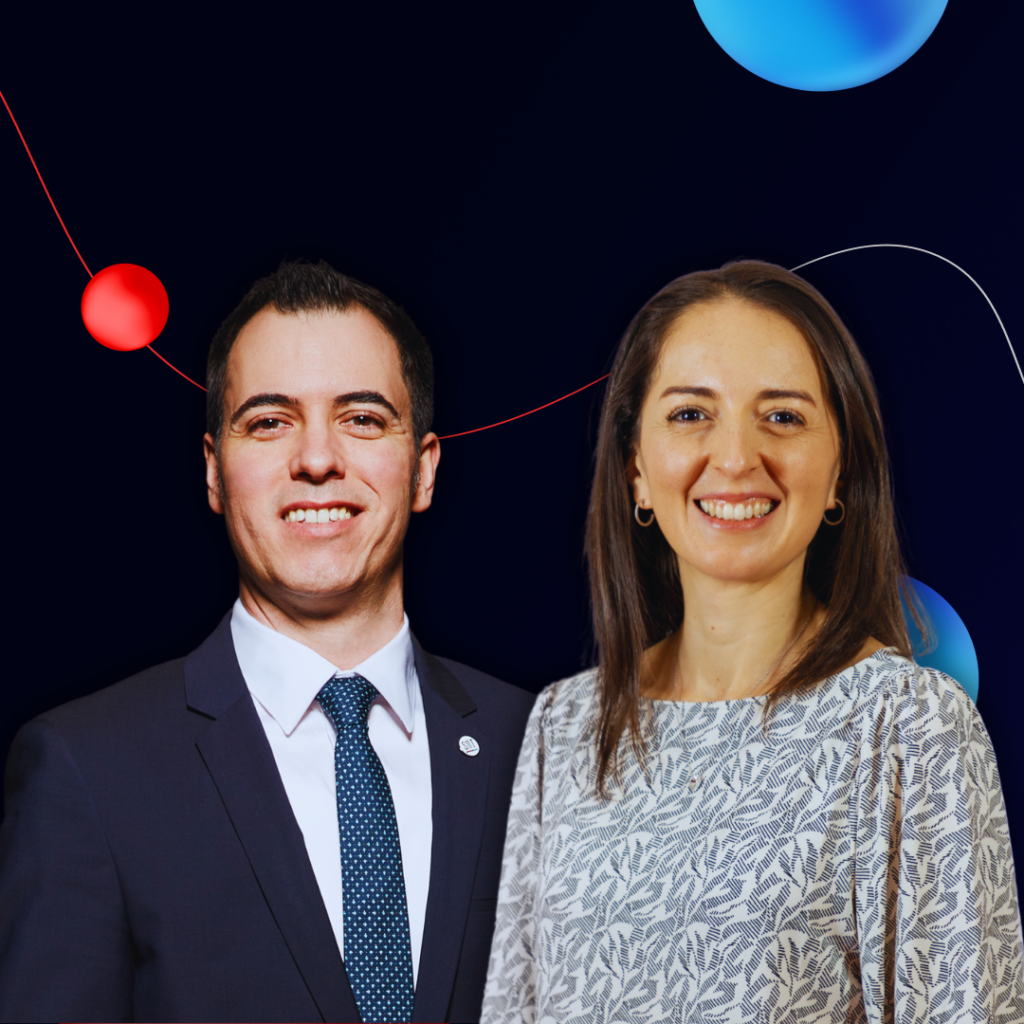
Listen to Dr Carol Martinez and Prof. Miguel Olivares-Mendez to learn more about new space robotics research in Luxembourg.
Listen to the new SciLux episode
iSpaRo – The new International Conference on Space Robotics
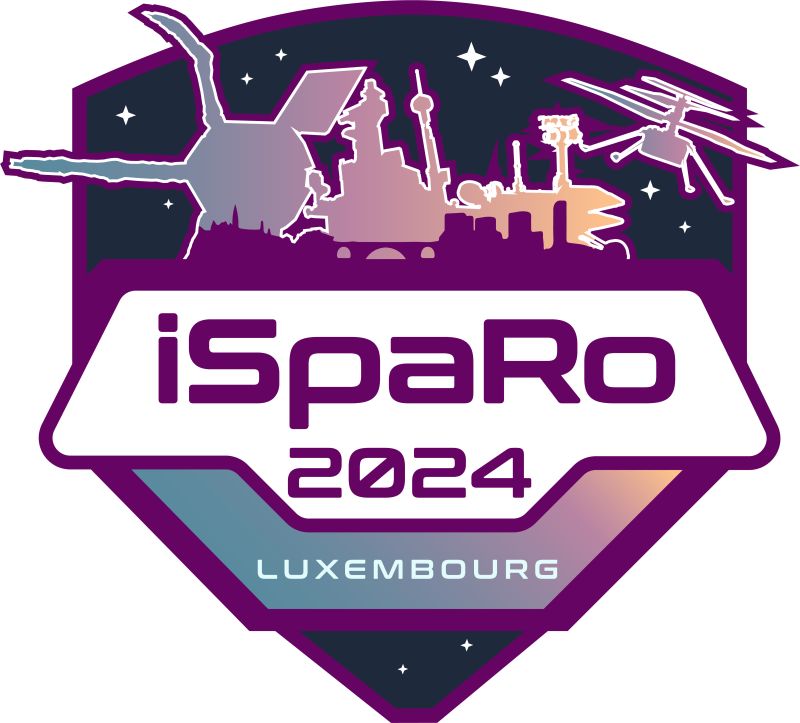
The International Conference on Space Robotics (iSpaRo) is a new conference aiming to provide a framework for scientists and industry experts to engage in fruitful discussions and share their insights on the emerging topic of Space Robotics. It will take place in Luxembourg from 24 to 27 June.
The primary objective of the conference is to expand the horizons of Space Robotics by delving into novel research and development prospects. Distinguished speakers from both industry and academia will share their expertise, offering attendees valuable insights into the most recent advancements in this field. Beyond the dissemination of knowledge, the iSpaRo conference seeks to establish a robust network among researchers and industry professionals, encompassing new generations. This collaborative platform aims to nurture future partnerships and innovations within the realm of Space Robotics.
Space Research Infrastructures
The LunaLab stands as a lunar analogue facility, encompassing a compact structure measuring 11×7 meters and filled with 20 tons of basalt to meticulously replicate the moon’s surface. Outfitted with a sophisticated setup, including 12 cameras within a motion capture system and 3 IP cameras for experiment documentation, the laboratory features adjustable illumination facilitated by a cinema lamp suspended from a ceiling rail. This lighting configuration aims to replicate the unique illumination conditions found in the polar regions of the Moon, maintaining an angle between 3 and 6 degrees.
The Lab’s primary focus revolves around executing experiments that involve lunar mobile robotic systems and the development of algorithms for autonomous navigation, localization, trajectory planning, and control. These experiments extend to both the rover and other robotic tools, such as robotic arms or drilling systems. The emphasis lies in activities related to the exploration and utilization of space resources, covering tasks such as search, detection, localization, identification, manipulation, and transportation.
SnT – LunaLab: the Lunar analogue facility constructed by the Space Robotics (SpaceR) Research Group at SnT, used by researchers and students of the Interdisciplinary Space Master (ISM) at the University of Luxembourg
The ZeroGravity Lab meticulously replicates orbital dynamics and scenarios, creating a simulated on-orbit environment within a confined, dimly lit space measuring 3x5x2.30 meters (WxLxH). Central to its design are two identical pneumatic and robotic floating platforms, ingeniously crafted by the SpaceR team, occupying a perfectly flat 3×5-meter floor. These platforms emulate free-floating objects in space and orbital dynamics across three degrees of freedom. Air bearings beneath the platforms generate an air cushion between them and the floor using compressed air, facilitating realistic movement. Equipped with eight nozzles mimicking satellite or spacecraft propulsion, the platforms navigate a 2D environment.
For a more intricate simulation of orbital scenarios with increased degrees of freedom, the lab incorporates two UR10e robotic arms, each mounted on separate robotic rails—one on the ceiling and another on the wall. Complementing these features is a sun simulator, adaptable to wall mounting or attachment to one of the robotic arms. Painted entirely in black, it includes a motion capture system to verify and validate different algorithms.
This cutting-edge facility is dedicated to experiments involving autonomous navigation, target detection, identification, and localization, as well as activities such as grasping and docking with both cooperative and non-cooperative systems, among other space-related research endeavors.
More about Space Research in Luxembourg
A podcast to highlight research made in Luxembourg
Research Luxembourg and SciLux have teamed up to launch a new series of podcasts showcasing science in Luxembourg and beyond.
With a new episode every 2 weeks published on RTL Play, ‘SciLux powered by Research Luxembourg’ will showcase research activities and scientific cooperation in the Grand Duchy.

